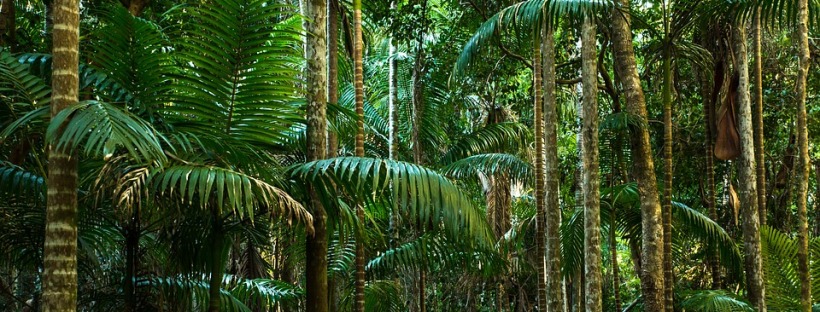I’m so excited to start blogging about rainforests! They’re beautiful, exotic places full of adventure, magic, and wonder and I know this without having visited one yet. You can see their brilliance in pictures and movies, but it’s only a fraction of how awe-inspiring they actually are. Unfortunately, getting to one is too difficult for most of us, so we have to make do with our Google searches and documentaries and appreciate them from afar until we can someday visit one and get the experience we can only dream of right now.
In this post, I’m gonna do a quick overview of rainforests so we can get a better understanding of what it is we love so much (how can we say we love something if we don’t even know what it is?).
If you’d like to further immerse yourself in the world of the rainforest as you read, I found a great video on Youtube. It’s my favorite recording of rainforest sounds that I’ve found so far.
So, what’s a rainforest?
Rainforests are described as “a luxuriant, dense forest rich in biodiversity, found typically in tropical areas with consistently heavy rainfall” (by Google). Dictionary.com and Marriam-Webster define it similarly, but they both lean a little too heavily toward tropical rainforests, which I want to avoid, as there are many different types of rainforests that I’ll cover in this blog. The numbers sometimes vary depending on the source, but several people seem to agree that to be considered a tropical rainforest, an area must receive at least 75-80 inches of rain per year, but in certain regions they can easily get over 200 inches (I’ve even read that they can get up to 400 inches). To be considered a temperate rainforest, they must receive 55 inches of precipitation per year. They cover 6% of the Earth’s surface and are home to over half of the Earth’s land-dwelling animals and plants. Rainforests make an impact on everyone’s lives in one way or another, but I’ll talk about that in a separate post.
There are two main types of rainforest: Tropical and Temperate. There are a ton of subcategories that get a little too complicated to get into, so I’ll just mention the most important ones to know.
Tropical

Photo courtesy of Ken Kistler.
Tropical rainforests are what you would typically think of when thinking of a rainforest. They took between 60 and 100 million years to evolve and they are believed to be the oldest and most complex land-based eco-system on Earth. They’re called tropical rainforests because they are rainforests that lie within the tropical belt. They usually get between 80 and 400 inches of rain a year and are host to over 30 million species of plants and animals. The Amazon is the largest tropical rainforest on Earth.
Temperate
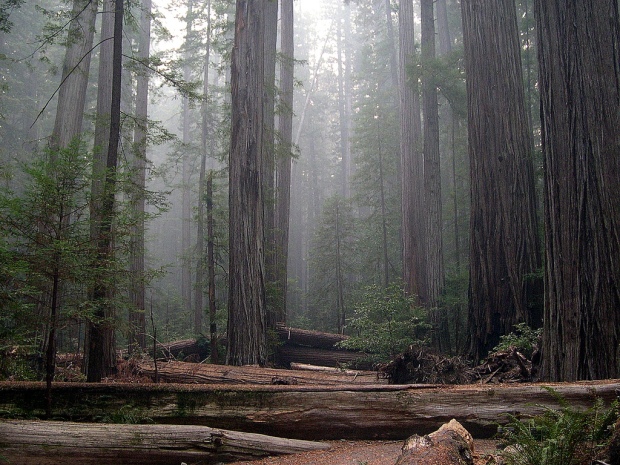
Photo courtesy of Jay Sturner.
Temperate rainforests are found outside of the tropical belt and can be found in the U.S., Japan, New Zealand, and Chile. They’re much cooler than tropical rainforests and are seasonal, which means it can snow in a temperate rainforest. This is also why they don’t have as much diversity as can be seen in tropical forests. The Redwood Forest is actually a temperate rainforest! I didn’t know that until now. I got really excited to find out that there are actually a couple rainforests in the U.S., but then I remembered that I’m still a college student in Denver and can’t get to California, no matter how close it may seem…if you’re having trouble finding the money to get out of the country (and you’re not in the U.S.), but you really want to visit a rainforest, think about visiting the Redwood Forest! It’s apparently home to the tallest tree in the world. That’d be a sight to see.
Lowland
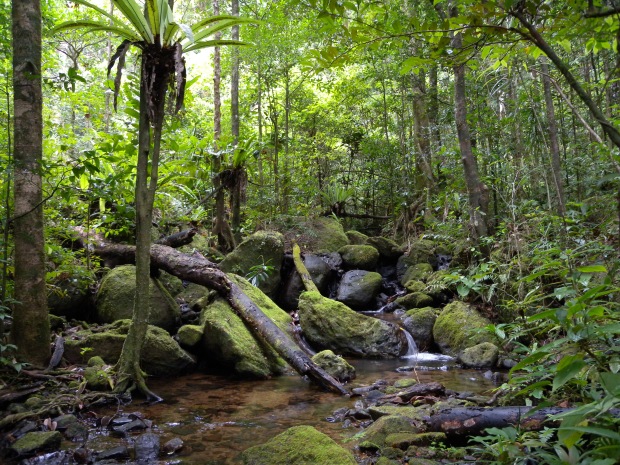
Photo courtesy of Frank Vassen.
Lowland rainforests are found within tropical rainforests. They’re found at elevations about 1000 m in the tropical belt. This is where you’ll find the most biodiversity and these types of forests also contain the largest variety of species. It’s also home to the tallest tree types in all other rainforests (except that one tree in California, I guess).
Montane
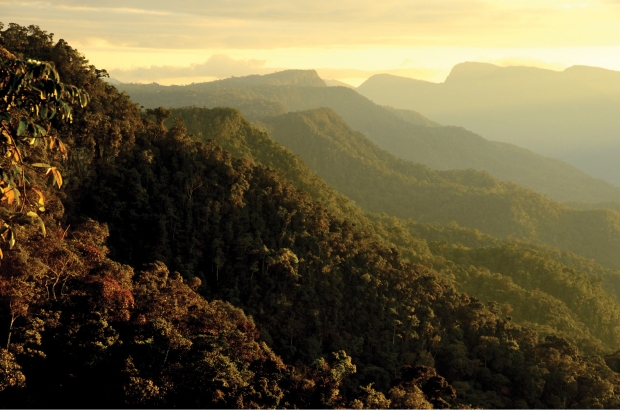
Photo courtesy of Wikicommons.
As the name suggests, montane rainforests are found in mountainous regions in the tropical belt at altitudes of 2,500-3,000 meters. They’re cooler than lowland forests and are constantly dripping with moisture because they’re engulfed by clouds. They’re also known as “cloud forests” (which I think is pretty cool). The trees don’t grow as high because the temperature is cooler, but cloud forests have more ferns and other plants that enjoy the moisture.
Mangrove
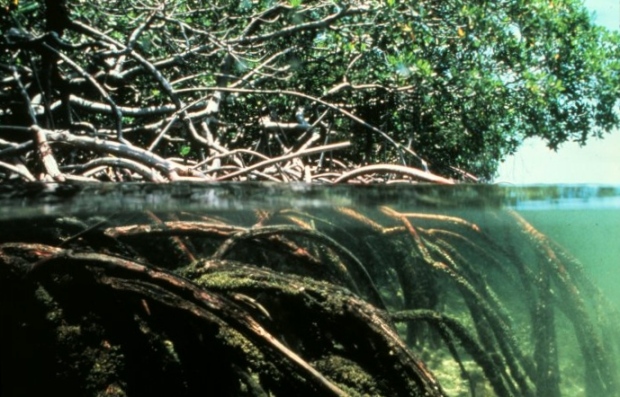
Photo courtesy of Wikipedia.
Mangrove forests are found in coastal areas. They like salt water and can handle long periods of drought in the dry season. Mangrove trees can reach 80 ft and are supported by stilt-like roots that raise them out of the water. They give shelter to wildlife and help aerate and cleanse the water. These forests are destroyed to make room for shrimp farms.
Annnd that’s it! Those are the important ones, although there are a lot of subcategories and much more to learn about each one. If you wanna learn even more about the different types of rainforest, go here. There’s still so much more to know, but at least now we’ve got the basics.
If you have any fun facts about the rainforest or want to share your love for rainforests in any way, or if you have any questions, feel free to comment!
(Top photo courtesy of Pixabay.)
